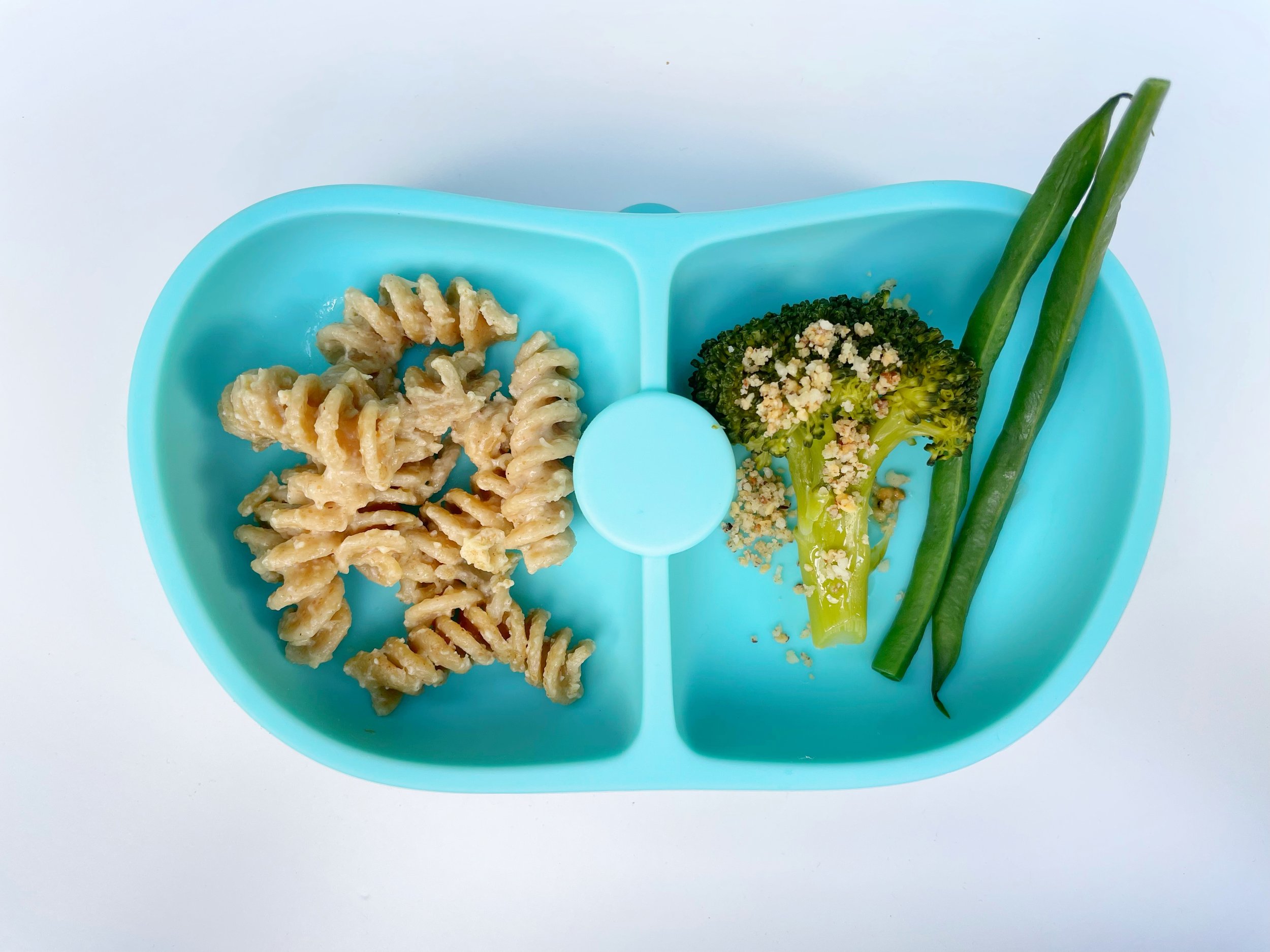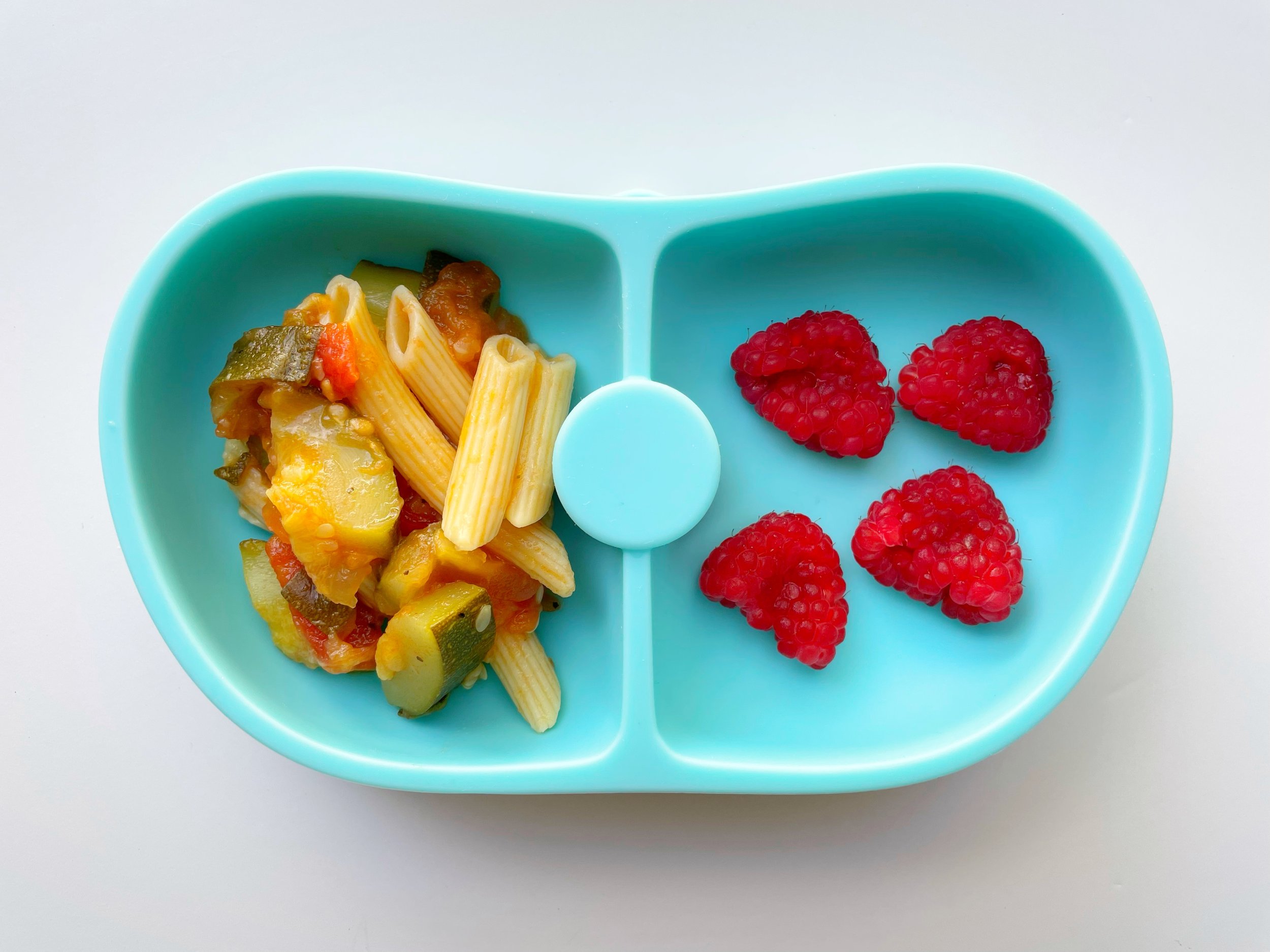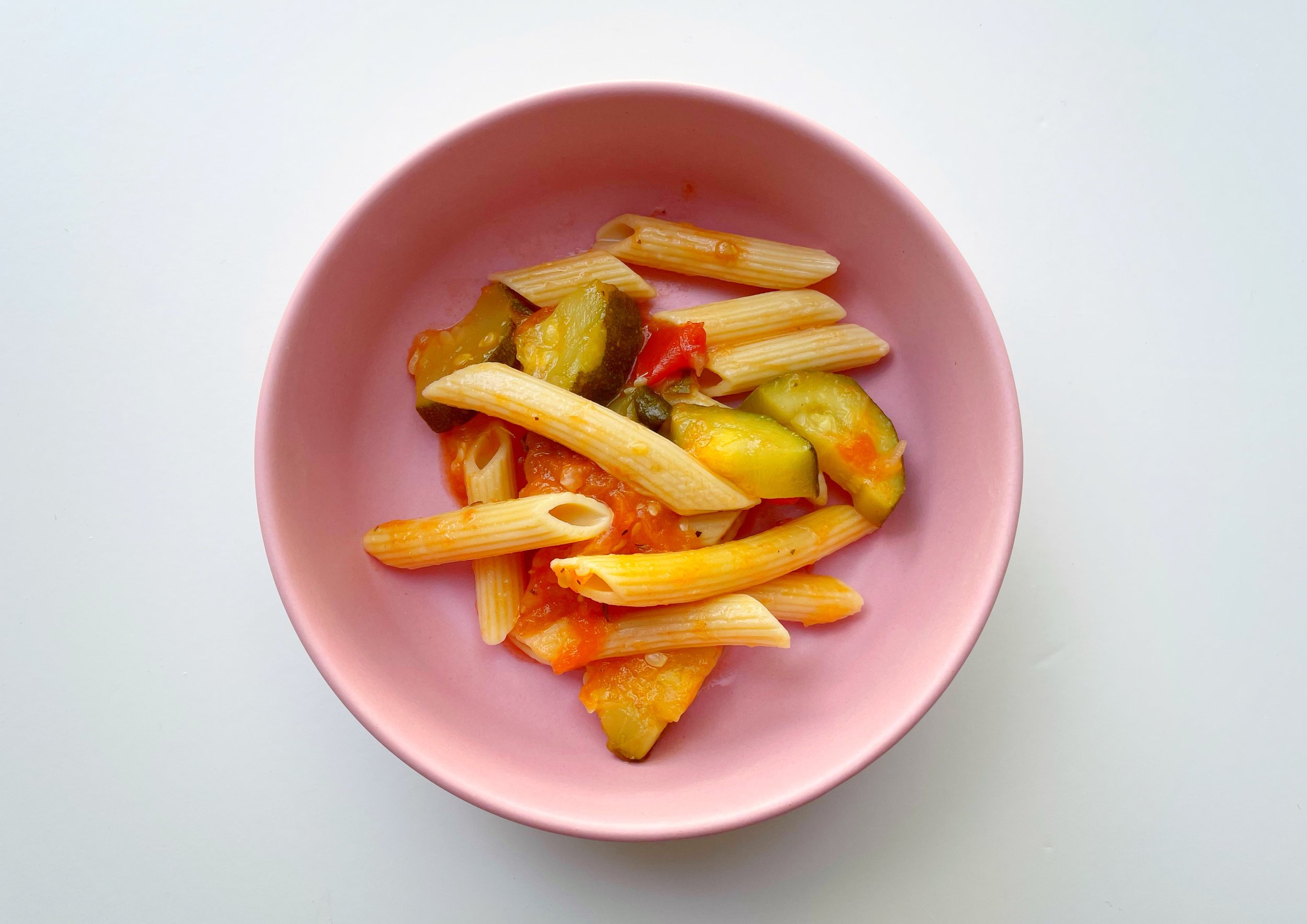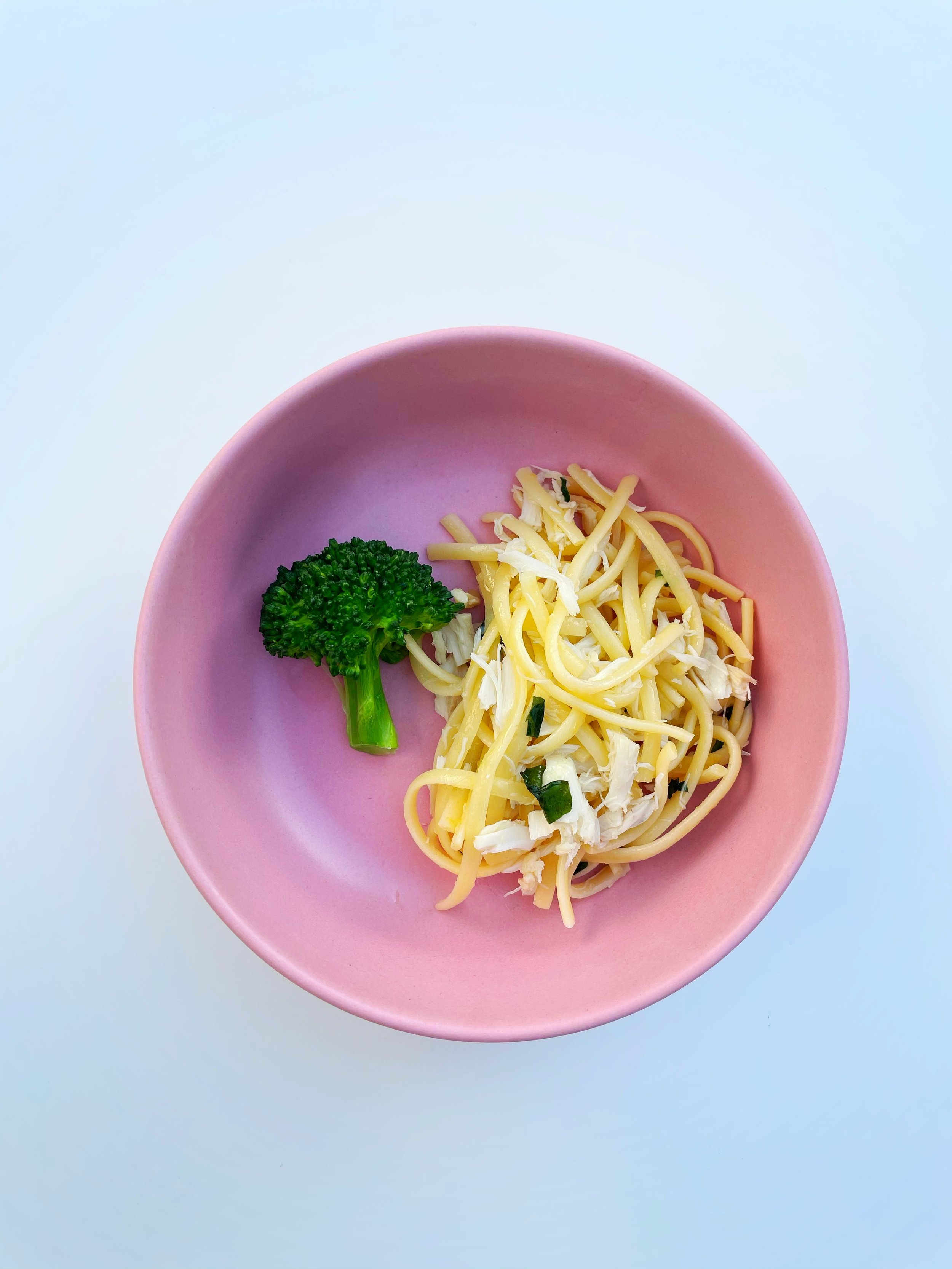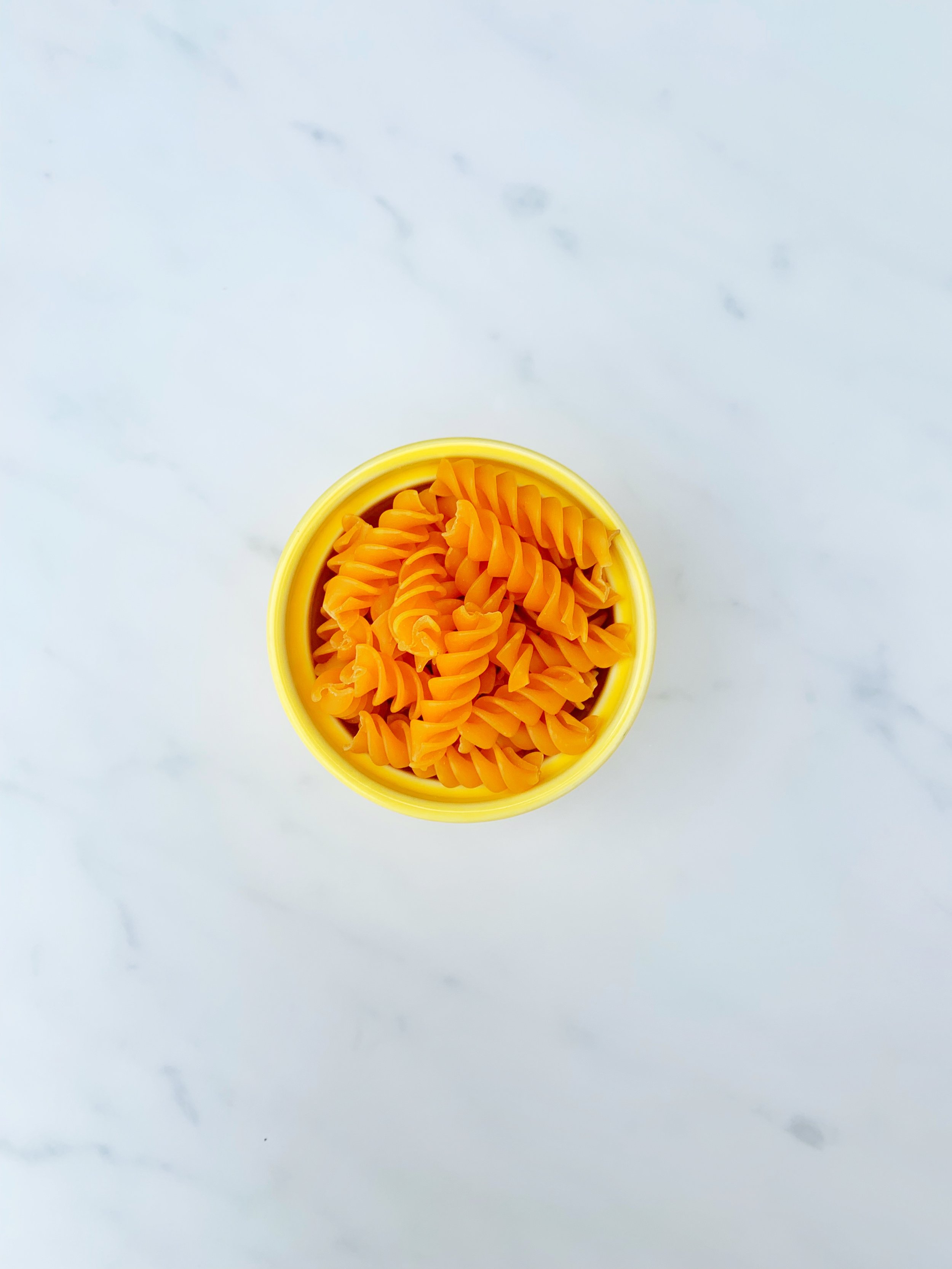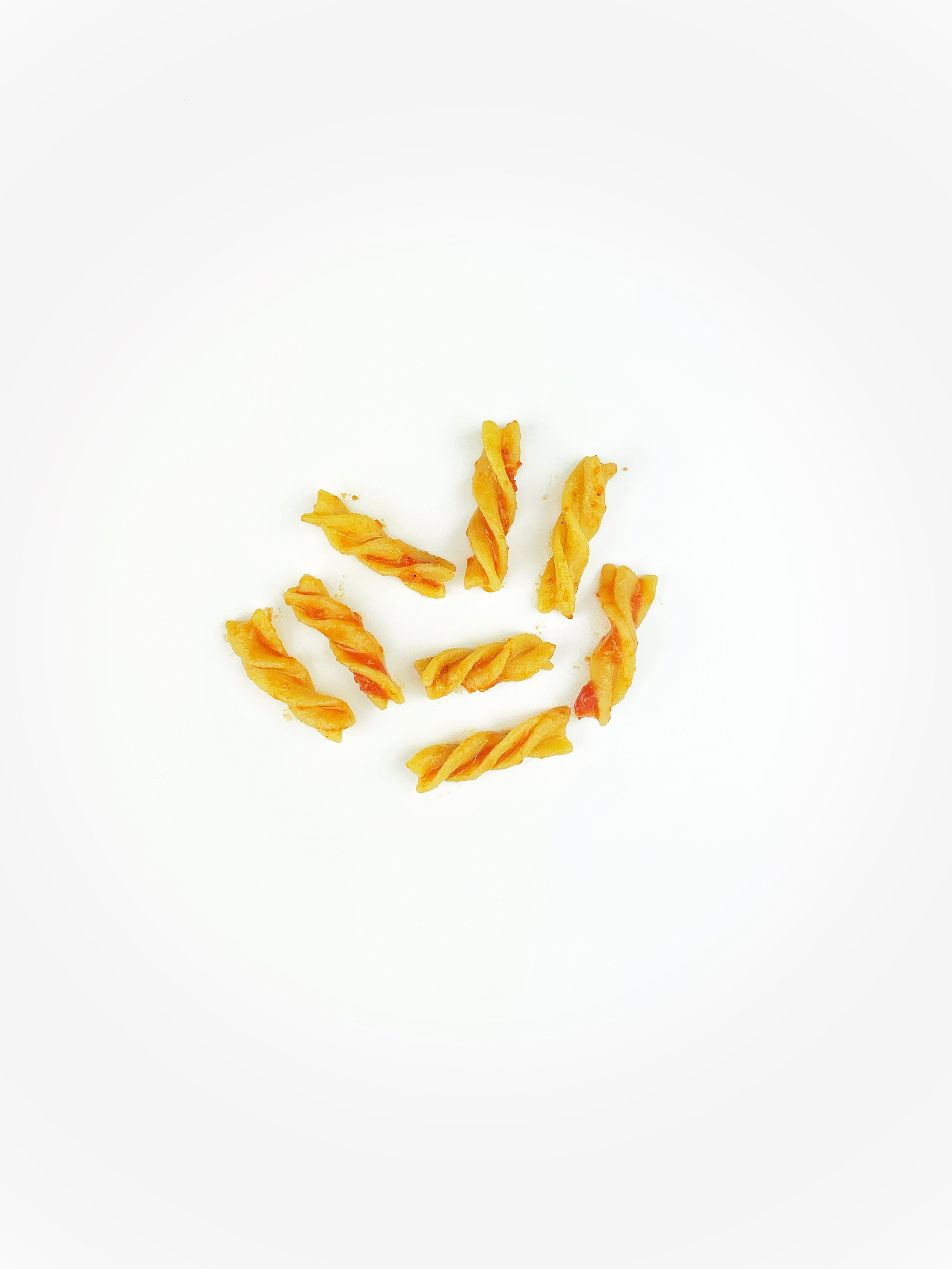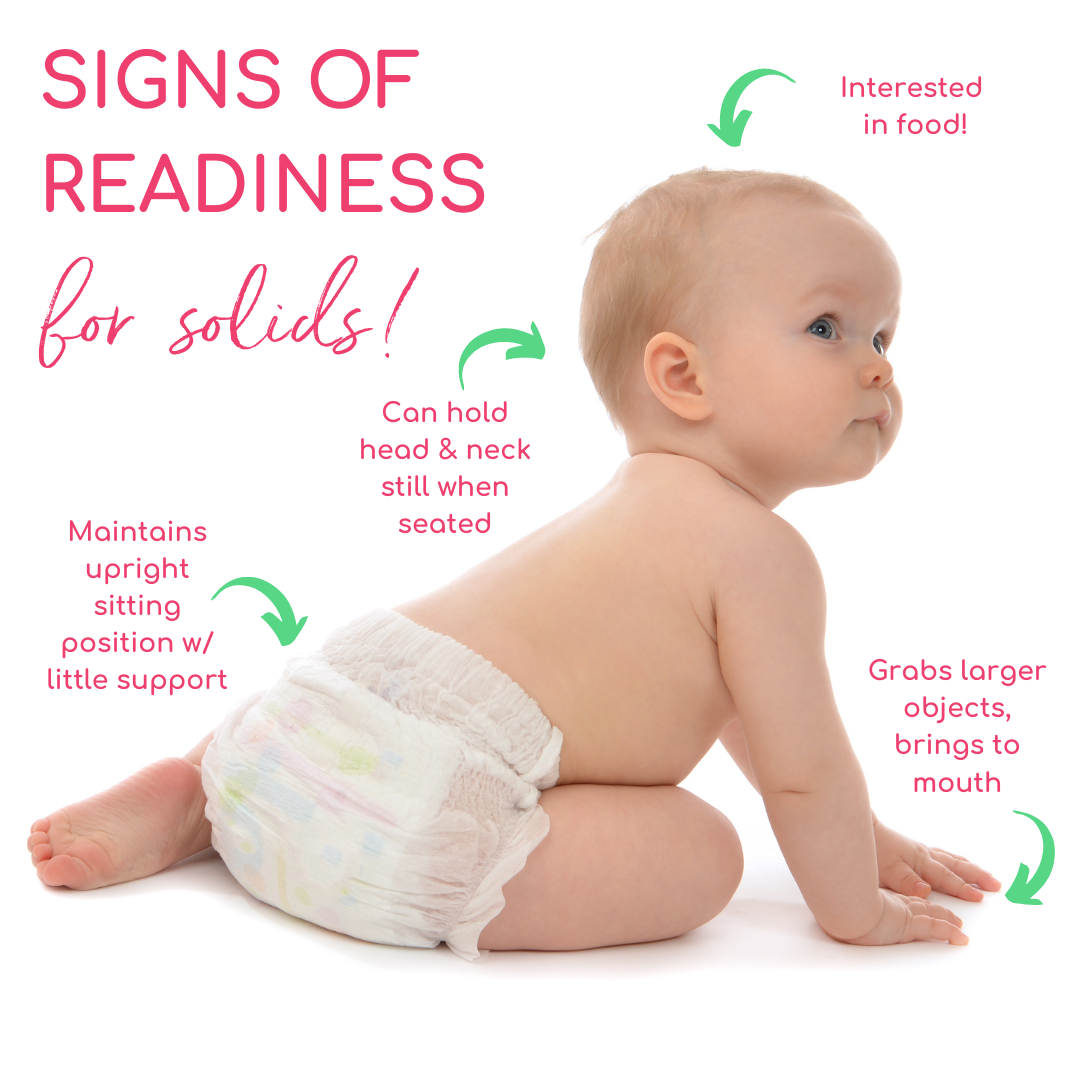How to Introduce Pasta for Baby-Led Weaning
Pasta is a favorite food for kids of all ages. Parents can dress it up with sauce and veggies or serve it plain to satisfy changing palates as kids get older. And pasta for baby during baby-led weaning is a soft, early finger food that’s easy to swallow.
Although dry pasta comes in many shapes and sizes, this nutrient-rich grain is made from the same basic ingredients: semolina (wheat) and durum flour (wheat) and is fortified with iron and B vitamins.
This article dives into the benefits of pasta for baby and how to introduce it during baby-led feeding.
The Benefits of Pasta for Babies
Pasta is affordable and easy to make, and even the fussiest eaters may be willing to try it. Some benefits of introducing pasta for baby with baby-led weaning are:
It’s Versatile and Easy to Make
The mild flavor of pasta makes it easy to introduce to babies just starting solids.
I like the flexibility of serving pasta as a main dish mixed with protein and soft, bite-sized veggies. For example, cut-up pasta with a vegetable (like peas) and bite-size chicken is a complete meal. Although many picky eaters prefer plain pasta, you can mix in vegetables or sauces, top it with cheese, or even serve it as a side dish to introduce other flavors.
Complementary food before 1 year old is the time to be adventurous at the table!
While formula and/or breast milk still provide most of a baby's nutrients, pasta offers an excellent opportunity for children to explore different flavors, textures, and foods. Depending on the shape and how pasta is prepared, some types of pasta can be soft or slightly chewy.
And pasta cooks fast and is easy to make.
Dry pasta cooks in approximately ten minutes. And this staple food makes a convenient on-the-go meal or snack when we pack cooked noodles into a container and cooler bag for later.
It’s Nutritious
Not only is well-cooked pasta tasty and easy on the tummy, but pasta is healthy!
Yes, this high-carbohydrate food is nutritious.
Check out this 2-year-old cutie enjoying his pasta and making a mess!
In my pediatric nutrition practice, many parents ask me if they should reduce the carbs in their child’s diet. It's an understandable question – there's a lot of misinformation out there about carbohydrates, mainly due to fad diets that eliminate them.
But low-carb diets aren’t good for kids.
Carbohydrates are one of the main sources of energy for babies and growing kids and are necessary for healthy growth and development. Infants get about 40% of the food they consume daily from carbohydrates. That may sound like a lot, but lactose in breast or cow's milk-based formula is a carbohydrate.
When babies reach 2 years old, carbohydrates make up about 55% of the diet. When it’s time to drop a bottle feed, pasta, dairy, whole grain crackers, and whole grain infant cereals are high carbohydrate complementary foods that fill the nutrient gaps throughout the day.
Part of the confusion is that there are two main different types of carbohydrates. "Simple" carbohydrates are found in sugar, refined flour (white bread, white rice), and fructose (sugary drinks). These carbs break down fast and can increase blood sugar quickly. Complex carbohydrates are whole grains and vegetables, which have a lot more fiber. Fiber helps kids feel full longer and prevents the quick increase in blood sugar (and the crash afterward).
What about regular pasta?
Durum wheat (semolina) is the flour used to make most pasta. It's higher in protein compared to all-purpose flour. And the combination of carbohydrates and protein in pasta slows down digestion compared to other refined "simple" carbs.
Pastas made from chickpeas, lentils, whole wheat and other whole grains offer even more protein and fiber.
Pasta is also a good source of iron and folic acid – key nutrients for brain health and growing babies.
Try chickpea pasta to help boost protein and fiber intake.
What about the gluten in pasta?
There’s no evidence that going gluten-free is healthier unless there is a clinical need for it.
Most healthy kids can eat gluten, the protein found in wheat, rye, and barley grains. However, kids with gluten sensitivity or Celiac Disease need to avoid all sources of gluten so their GI system can heal and absorb critical nutrients. And children with wheat allergies (different from celiac disease) need to avoid pasta made from wheat as well.
Recent guidelines suggest limiting gluten for infants at risk of Celiac Disease to 5 grams of gluten-containing food daily until age 2. That's equal to less than one ounce of pasta per day.
Tips to Introduce Pasta to Your Baby’s Diet
Here are a few tips for serving pasta during baby-led weaning:
Don't stick with only plain buttered noodles! Experiment with different shapes, textures, colors, and flavors. Mixing up the appearance, taste, and mouthfeel of baby's meals will expose them to more variety. One goal of BLW is to increase your little one's acceptance of other types of food as they get older.
Serve baby rigatoni, penne, shells, fusilli or farfalle for easier grip!
Cook pasta a little longer than usual until it's soft and tender (al dente may be too chewy and hard for little ones just learning to eat solid food)
Serve thicker, larger types of pasta that are easier for babies to grasp, such as rigatoni, penne, fusilli, and farfalle. Pasta shapes with texture, like shells are often a little easier for babies to pick up and grip for self-feeding.
Experiment with adding flavors and sauces. Sauces (especially those with fat) make pasta easier for babies to swallow.
If you're using other ingredients like vegetables in your pasta dish, make sure they're soft and cut into small pieces that are easy for your little one to chew and swallow.
If you mix the pasta with store-bought sauces, check the labels for salt and sugar. (Some jarred pasta sauces have added sugars and many are high in sodium.)
According to the Dietary Guidelines for Americans, sodium should be limited to 370 mg for babies 6 to 11 months old and 1,200 mg for babies 12 to 23 months. And babies under 2 years old should avoid added sugars as best you can. There’s no nutritional benefit and babies can develop a preference for salty and sugary foods.
FAQs About Feeding Babies Pasta
See this sweet 8-month-old babe getting messy with penne pasta! Thank you to his parents for sharing.
What’s the best pasta for baby-led weaning?
The best pasta shapes for babies should be easy for your little one to pick up and self-feed. Thin noodles or spaghetti can be difficult for babies to grab before they develop a pincer grasp. And, the thinner-shaped noodles may also be difficult for them to chew and swallow.
Instead, use thicker, shorter pasta shapes with texture for easier gripping, such as penne, shells, or rigatoni. These are easier for baby fingers to grip and soft enough for them to break up with their gums.
Is pasta a choking hazard for babies?
Choking is always a concern when babies start solids, even with foods that aren't a top choking hazard, like soft, overcooked pasta.
There are steps parents can take to reduce the risk of choking.
Make sure your little one can sit upright and hold their head steady before introducing solids. Cut soft pasta into bite-size pieces and offer on a pre-loaded fork or in a bowl or plate for scooping with hands. Be on the lookout for mouth stuffing and food pocketing which is when baby puts a lot in their mouth and then holds it there.
A wonderful example of mom coaching 11-month-old baby gagging on veggie pasta. Thank you to this mama for sharing!
Is rice or pasta better for babies?
Rice and pasta are nutritious foods packed with B vitamins, folic acid, and carbohydrates. And flour products, including pasta, are fortified with iron in the U.S. The biggest concern about serving rice to babies is that recent studies reported that rice and rice-based baby food contain too much inorganic arsenic.
It may be possible to reduce the amount of arsenic in rice by 50-70% when it's cooked in a 12:1 ratio of water to rice. For example, cooking one cup of rice in 12 cups of water may reduce the amount of arsenic more than the standard 2:1 ratio for cooking rice.
In terms of self-feeding, cut-up pasta may be easier for babies to pick up and hold. Grasping tiny pieces of rice requires a very developed pincer grasp. Although parents can teach their little ones to feed with a spoon by preloading the spoon with rice.
When can babies eat pasta?
Most children are developmentally ready to start solids around 6 months old. Once baby is interested in food, sitting up unassisted, holding their head straight, and able to bring their hands to their face, they're ready to learn to feed themself. As long as pasta is well-cooked and sized appropriately, babies who are ready for solids can eat pasta.
Do you have any favorite pasta recipes for babies? Let me know in the comments below.
If you’re getting ready to start your baby on solids, download my FREE Baby-Led Feeding Essential Checklist to make sure you have everything you need to get started. You might also want to check out my online course for parents, based on my best-selling book which will walk you through the whole process of starting solids using a baby-led approach.
Alternatively, if your baby is almost ready to start solids and you’re looking for someone you trust to map out the entire first 12 weeks of your baby’s solid food feeding journey, check out my Safe & Simple 12 Week Meal Plan! Over 30 recipes, weekly shopping lists, tons of balanced baby meals, a complete plan for top allergen introduction, & lots of guidance (with photos) on how to safely serve each food.
And if you're looking for personalized nutrition support for your babies or kids, I am currently accepting new clients in my virtual private practice. Looking forward to meeting you online…

